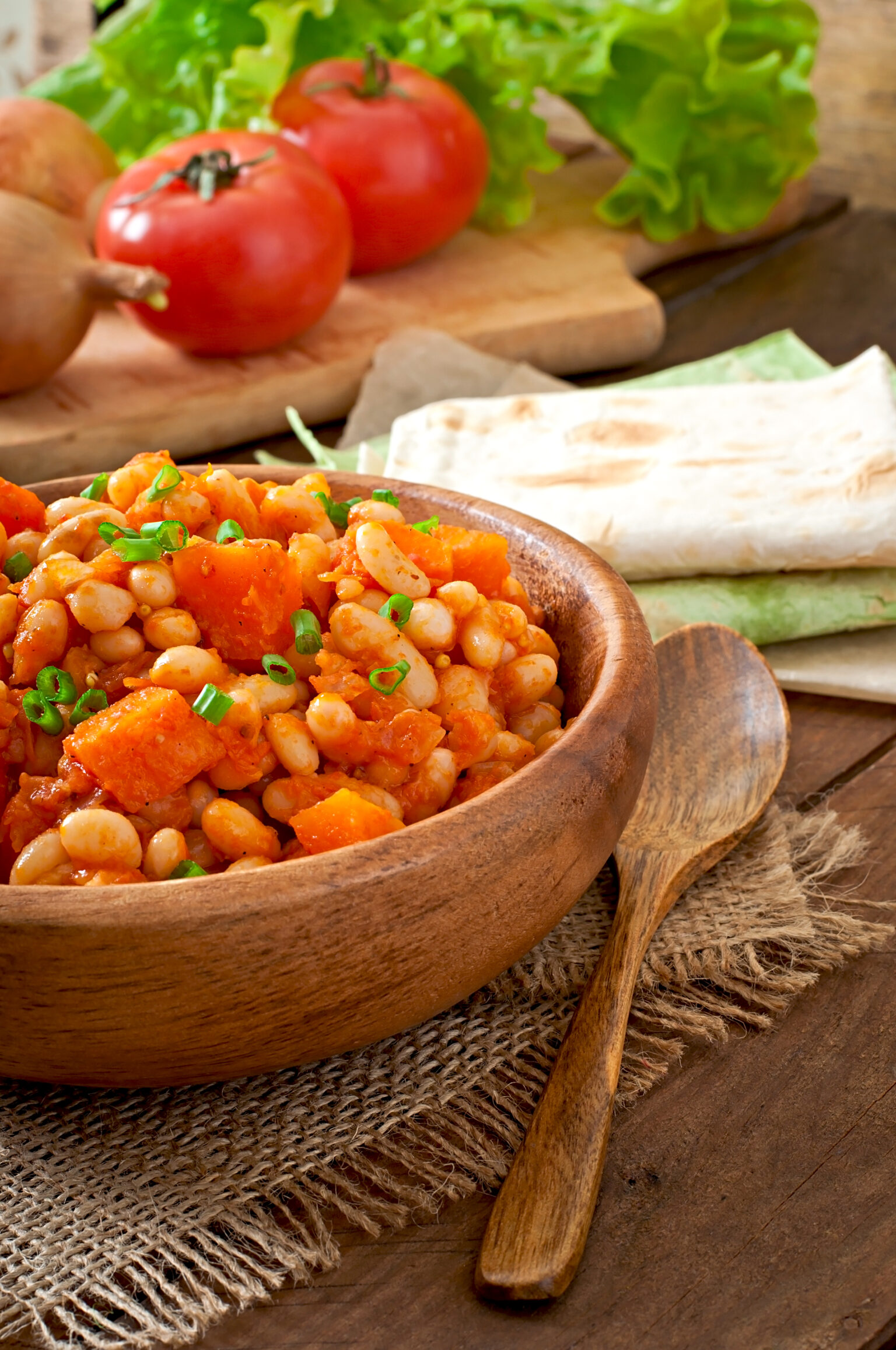Brazilian cuisine is a colorful tapestry of flavors, influenced by a rich blend of indigenous, African, and Portuguese culinary traditions. Among its many gastronomic delights, Feijão Tropeiro stands out as a beloved dish that reflects the country’s cultural diversity and agricultural heritage. This hearty and satisfying meal has deep roots in Brazilian history and continues to be enjoyed by locals and visitors alike. Join us as we embark on a culinary journey to discover the delights of Feijão Tropeiro.
Origins and History:
Feijão Tropeiro traces its origins to the tropeiros, Brazilian cowboys who traversed vast distances herding cattle and trading goods during the colonial era. These rugged adventurers relied on hearty, portable meals to sustain them on their journeys, and Feijão Tropeiro emerged as a staple dish along their routes. Over time, it evolved into a beloved comfort food enjoyed by people across Brazil, with each region adding its own unique twist to the recipe.
Key Ingredients:
At the heart of Feijão Tropeiro is feijão, or beans, which serve as the dish’s foundation. Traditionally, black beans or brown beans are used, though variations with other types of beans can also be found. Other essential ingredients include:
- Farofa: Toasted cassava flour, known as farofa, adds texture and flavor to Feijão Tropeiro. It is sautéed with onions, garlic, and spices to create a savory and crunchy element in the dish.
- Bacon or Pork: Smoked bacon or salted pork is often included to impart richness and depth of flavor. It is typically diced and fried until crispy before being added to the feijão mixture.
- Eggs: Scrambled eggs are a common addition to Feijão Tropeiro, providing protein and richness to the dish. They are usually cooked separately and then combined with the feijão and other ingredients.
- Sausage: Sliced or diced sausage, such as linguiça or calabresa, is a popular addition that adds savory notes and enhances the overall flavor profile of Feijão Tropeiro.
- Greens: Chopped collard greens or kale are often incorporated into Feijão Tropeiro, adding freshness and nutritional value to the dish. They are typically sautéed until tender and mixed in with the other ingredients.
Preparation and Serving:
To prepare Feijão Tropeiro, the beans are cooked until tender and then combined with the cooked farofa, bacon or pork, eggs, sausage, and greens. The mixture is seasoned with salt, pepper, and other spices to taste, creating a flavorful and satisfying one-pot meal. Feijão Tropeiro is traditionally served hot, garnished with fresh parsley and accompanied by rice, slices of orange, and hot sauce on the side.
Variations and Regional Differences:
While the basic components of Feijão Tropeiro remain consistent, there are countless variations and regional adaptations of the dish throughout Brazil. In some regions, additional ingredients such as tomatoes, peppers, and manioc are incorporated, adding complexity to the flavor profile. Each variation reflects the local ingredients, culinary traditions, and cultural influences of the area.
Feijão Tropeiro stands as a testament to Brazil’s culinary heritage, embodying the country’s diverse flavors and cultural richness. Whether enjoyed as a hearty meal on a chilly evening or as a festive dish at celebrations and gatherings, Feijão Tropeiro continues to hold a special place in the hearts and palates of Brazilians. So, the next time you’re craving a taste of Brazil, why not whip up a batch of Feijão Tropeiro and savor the delicious flavors of this iconic dish?








